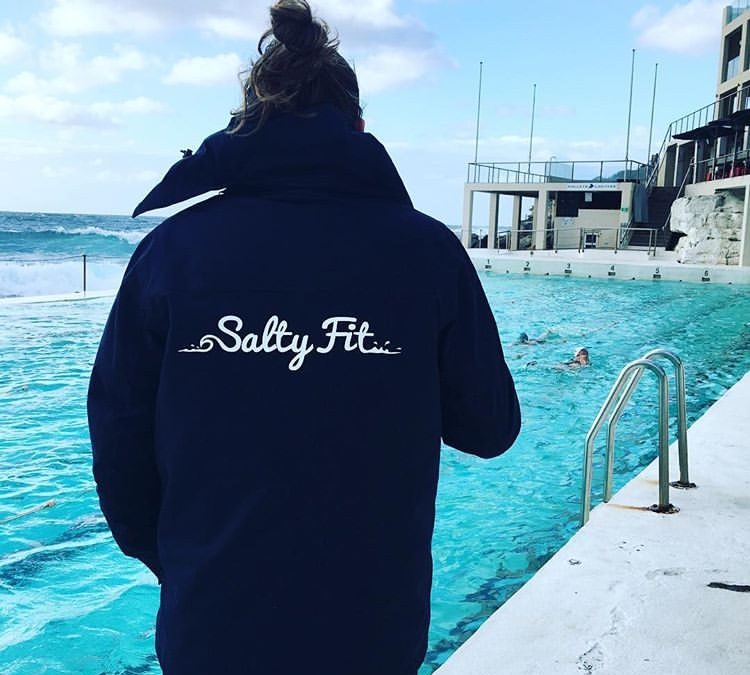Winter is upon us already, how did that happen? We believe winter swimming is one of the best times of year to swim. But we know it can be challenging as the temperatures begin to drop, daylight hours are short and winter swells start coming in, especially for those not used to cold water swimming.
Before we get into some tips to help you swim through swinter, here is a reminder of why winter and cold water swimming is so good for you:
❄️ Boosts Your Immune System
❄️ Raises Your Endorphins
❄️ Improves your circulation
❄️ Burns more calories (than swimming in warm water)
❄️ Improves Overall Wellbeing
For more info on these amazing benefits check out our full blog here.
1. Equipment – wetsuit and swim cap
The first step when starting winter swimming is to be well equipped. If you are going to be swimming for long periods of time ie 1 hour sessions it is a good idea to get yourself a wetsuit. A wetsuit will add an extra layer of insulation and ensure that you don’t lose as much body heat during your swim session. However, do not think wearing a wetsuit makes you invincible. Wetsuits do not remove the cold shock response when you get in: as it fills with cold water, you will still experience the cold shock response. It’s after this moment that the benefit kicks in: the layer of water trapped between the skin and the wetsuit warms up. Wearing a swim cap (or two!) will also help you to conserve heat. If you particularly struggle with the cold you can get neoprene swim caps which will keep you extra toasty.
Orca or 2xu are both high quality wetsuits which are designed for swimming. Surfing wetsuits are also fine to use for swimming. Our swimmers typically wear wetties from June to November so if you are committed to becoming a tough winter swimmer it is certainly a good investment. If you have any questions about winter swim gear let us know, we are happy to help.
2. How to acclimatize to cold water
There is no secret to acclimatising to cold water other than to swim in it, often (at least once a week but preferably two or three). If you really struggle with cold water then it is good to try gradually extending the time that you stay in the water. It is easier to get in the routine when the water is warmer like it is now and then keep on swimming as the temperature drops through winter.
Cold water shock response can cause an immediate loss of breathing control making you gasp and hyperventilate as well as increased heart rate and blood pressure. Repeated exposure to cold water will minimise your body’s cold water shock response. However, we don’t need to worry too much as we are lucky in NSW where the winter water temp rarely drops below 16 degrees in the coldest months!
3. How to warm up after swimming
It is important to remember that the cooling process caused by cold water will continue for another 20-30 mins after you get out of the water. Make sure as soon as you get out you dry off and rug up with lots of warm clothes. It is also good to have a warm drink to assist with bringing your body temperature back to normal.. Ginger is a good natural remedy which helps to warm you up so try a ginger tea after your next cold water swim.
Don’t worry if you sometimes find yourself shivering – this is normal and is one way your body warms up. Some warning signs of being too cold are slurred speech, mental confusion and poor coordination.
We hope our winter swimming tips have helped inspire you to get in the water this Winter. If you have any more questions on winter swimming or swimming in general drop us a message here. Most importantly we want you to have fun, cold water swimming is exhilarating and has many positive effects on your health. The getting in and out can be a bit fierce, but with some planning and time in the water, you can improve your body and mind’s tolerance to cold! We are running three ocean swimming sessions a week all throughout winter. Find out more info here if you are keen to become a winter swimmer this year.


